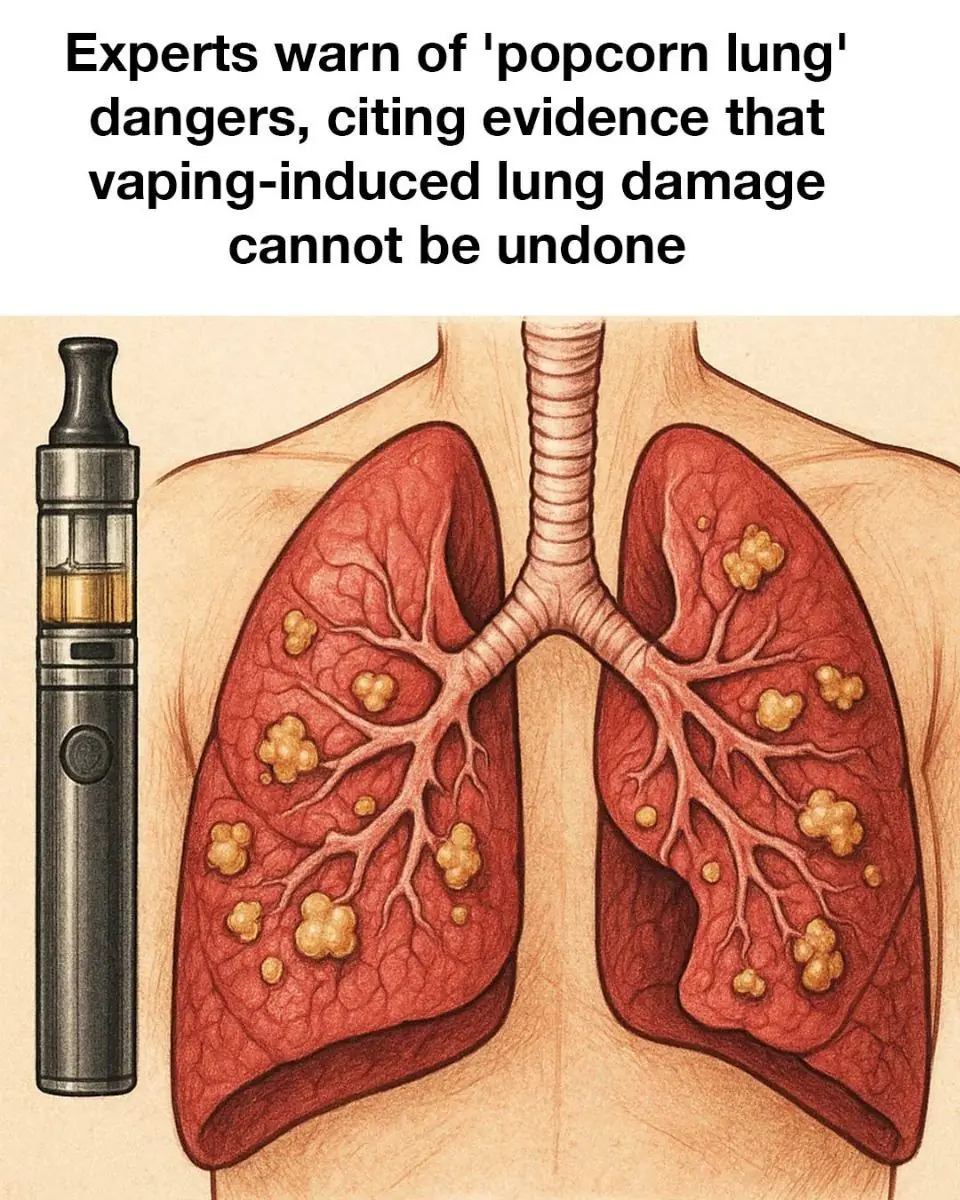In today's fast-paced world, managing multiple medications can be a daunting task. Many individuals, in an attempt to simplify their medication routines, resort to mixing different medications in a single box or container. While this might seem convenient, it poses several hidden dangers that can have serious health implications.
Understanding the risks associated with mixing medications is crucial for ensuring safety and efficacy. This article delves into ten serious risks that most people are unaware of when they decide to store their medications together. By highlighting these dangers, we aim to promote safer medication practices and prevent potential health hazards.
1. Risk of Chemical Reactions
Medications are formulated with specific chemical compositions that are designed to remain stable under certain conditions. When different medications are mixed in one container, there is a risk of chemical reactions occurring between them. These reactions can alter the chemical structure of the drugs, potentially leading to the formation of harmful byproducts. For instance, certain medications may react with each other to produce toxic compounds that can be harmful if ingested.
In some cases, even minor chemical interactions can reduce the effectiveness of the medications or increase their toxicity. This is particularly concerning for medications with narrow therapeutic indices, where small changes in concentration can lead to significant clinical effects. Therefore, it is essential to store medications separately to prevent unintended chemical interactions.
2. Potential for Overdose
Mixing medications in one box increases the risk of accidental overdose. When medications are stored together, it becomes challenging to keep track of dosages, especially if the pills are similar in size, shape, or color. This can lead to taking the wrong medication or an incorrect dose, resulting in an overdose.
Overdosing on medications can have severe consequences, including organ damage, coma, or even death. For example, overdosing on acetaminophen can lead to liver failure, while excessive intake of blood thinners like warfarin can cause life-threatening bleeding. To avoid such risks, it is crucial to maintain a clear and organized medication regimen.
3. Increased Side Effects
When medications are mixed, there is an increased likelihood of experiencing adverse side effects. This is because the interaction between different drugs can amplify their side effects or create new ones. For instance, combining medications that both cause drowsiness can lead to excessive sedation, impairing cognitive and motor functions.
Additionally, some medications can interfere with the metabolism of others, leading to higher concentrations in the bloodstream and increased side effects. This is particularly concerning for medications that affect the central nervous system, as they can lead to severe outcomes such as respiratory depression or seizures. Therefore, it is important to store and take medications as prescribed to minimize the risk of adverse effects.
4. Reduced Efficacy of Medications
Mixing medications can compromise their efficacy, rendering them less effective in treating the conditions they are prescribed for. This can occur due to chemical interactions that degrade the active ingredients or due to environmental factors such as moisture and light exposure when medications are stored improperly.
For example, certain antibiotics can lose their potency when exposed to moisture, making them less effective in fighting infections. Similarly, medications that require specific storage conditions, such as those that need to be kept in a cool, dark place, may become ineffective if mixed with other drugs that are stored differently. To ensure medications work as intended, it is crucial to adhere to their specific storage requirements.
5. Difficulty in Identifying Pills
When medications are mixed in one container, it becomes challenging to identify individual pills. This is particularly problematic for individuals who rely on visual cues to differentiate their medications. Mistaking one medication for another can lead to missed doses or taking the wrong medication, both of which can have serious health implications.
For individuals with visual impairments or cognitive difficulties, the risk of misidentification is even higher. To prevent such issues, it is advisable to use pill organizers with separate compartments for each medication or to keep medications in their original packaging, which often includes important information such as the drug name, dosage, and expiration date.
6. Cross-Contamination Concerns
Cross-contamination occurs when particles from one medication mix with another, potentially altering their effectiveness or safety. This can happen when medications are stored together in a single container, especially if they are not properly sealed. Cross-contamination is a significant concern for medications that are sensitive to contamination, such as those used in treating chronic conditions or those with narrow therapeutic windows.
For example, cross-contamination between a medication that requires precise dosing, such as insulin, and another drug can lead to unpredictable blood glucose levels, posing a risk to individuals with diabetes. To avoid cross-contamination, it is essential to store medications in their original containers or use dedicated pill organizers with secure compartments.
7. Impact on Expiration Dates
Mixing medications can make it difficult to track expiration dates, increasing the risk of taking expired drugs. Expired medications may lose their potency, making them less effective in treating medical conditions. In some cases, expired medications can even become harmful due to the breakdown of active ingredients into toxic compounds.
For instance, expired tetracycline antibiotics can degrade into compounds that can cause kidney damage. To ensure medications remain safe and effective, it is important to regularly check expiration dates and dispose of expired medications properly. Keeping medications in their original packaging can help in easily identifying expiration dates and ensuring timely disposal.
8. Complications in Emergency Situations
In emergency situations, having clear and accessible information about one's medications is crucial for healthcare providers to make informed decisions. When medications are mixed in one box, it becomes challenging to quickly identify what medications a person is taking, their dosages, and their intended use.
This lack of clarity can lead to delays in treatment or inappropriate medical interventions, potentially worsening the individual's condition. For example, if a person is unconscious and unable to communicate, emergency responders may struggle to identify critical medications such as blood thinners or insulin. To facilitate prompt and appropriate medical care, it is essential to keep medications organized and clearly labeled.
9. Legal and Safety Implications
Mixing medications can have legal and safety implications, particularly if it leads to adverse health outcomes. In some jurisdictions, improper storage of medications may be considered a violation of pharmaceutical regulations, potentially resulting in legal consequences.
Moreover, if mixing medications leads to harm, there could be liability issues, especially if the individual is responsible for managing medications for others, such as in caregiving settings. To avoid legal and safety concerns, it is important to follow best practices for medication storage and management, ensuring that medications are kept in their original packaging or properly labeled containers.
10. Misleading Viral Hacks
The internet is rife with viral hacks and tips for simplifying medication management, some of which advocate for mixing medications in one container. While these hacks may seem convenient, they often overlook the potential risks and safety concerns associated with such practices.
Following misleading advice from unverified sources can lead to dangerous outcomes, including the risks outlined in this article. It is important to rely on credible sources, such as healthcare professionals and official guidelines, for information on medication management. By doing so, individuals can ensure they are taking their medications safely and effectively.
11. Best Practices for Medication Storage
To ensure the safe and effective use of medications, it is important to follow best practices for storage. This includes keeping medications in their original packaging, which provides important information such as the drug name, dosage, expiration date, and storage instructions.
For individuals taking multiple medications, using a pill organizer with separate compartments for each dose can help maintain organization and prevent mixing. It is also advisable to store medications in a cool, dry place, away from direct sunlight and moisture, to preserve their stability and efficacy. By adhering to these best practices, individuals can minimize the risks associated with mixing medications and ensure their health and safety.







































